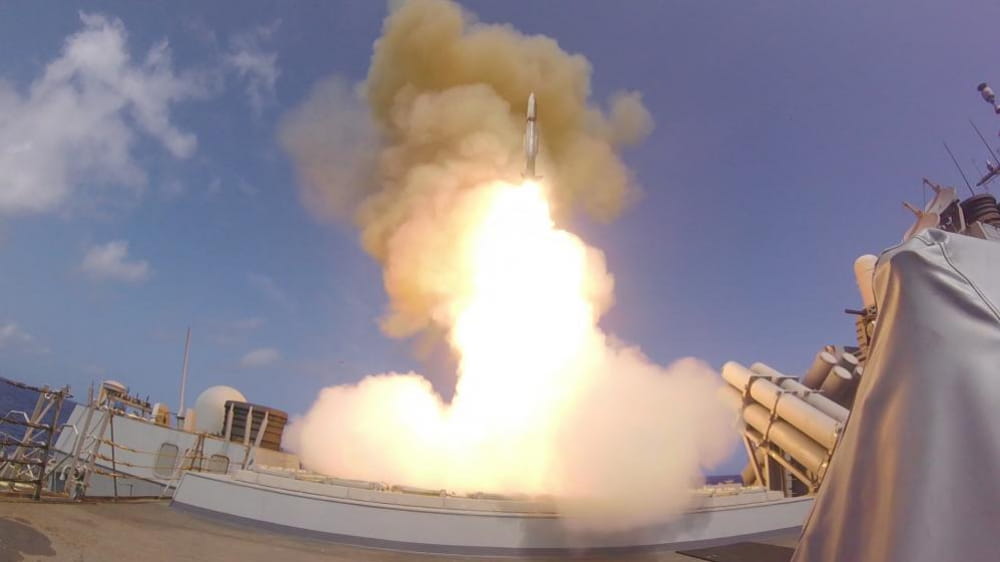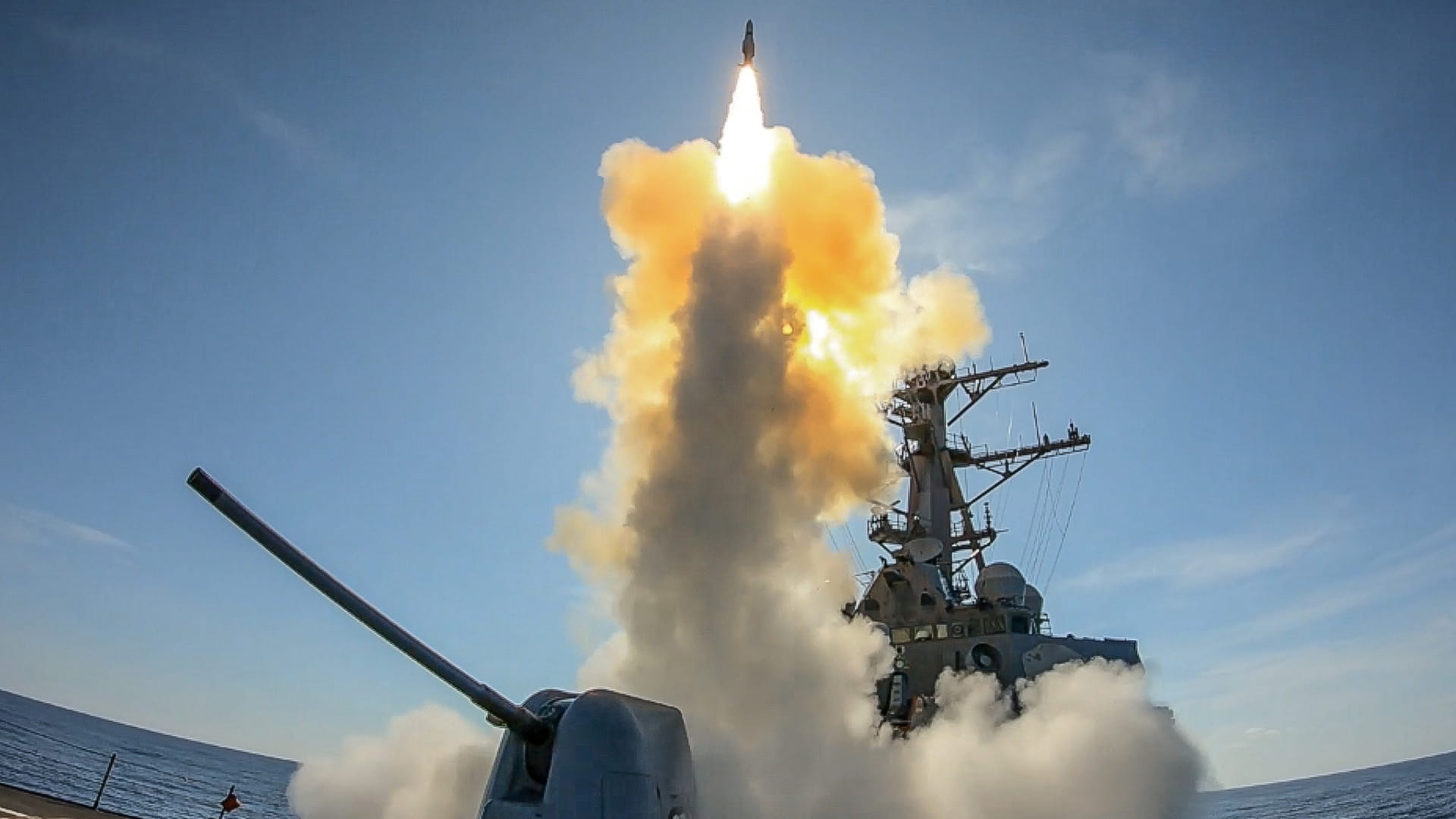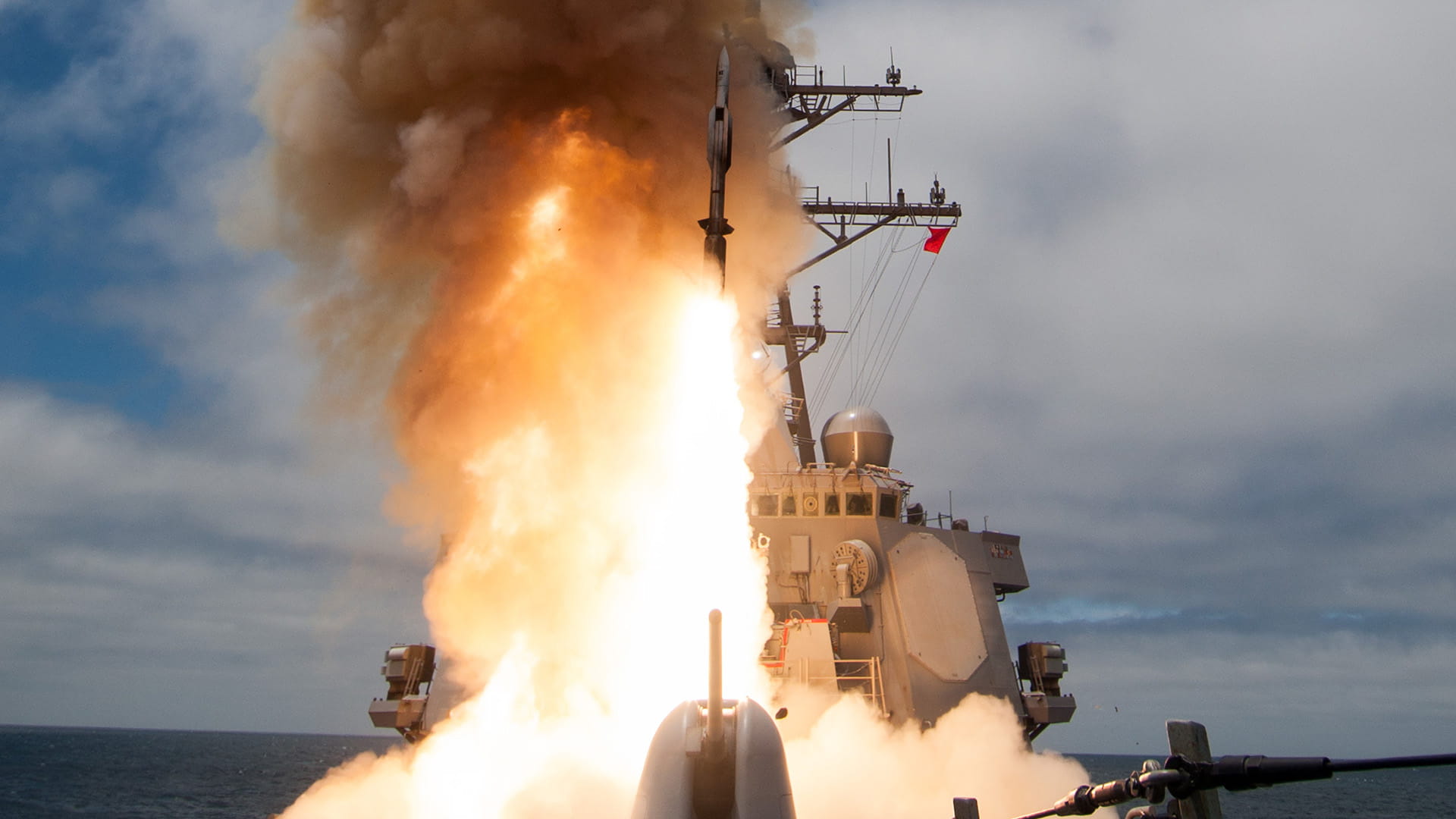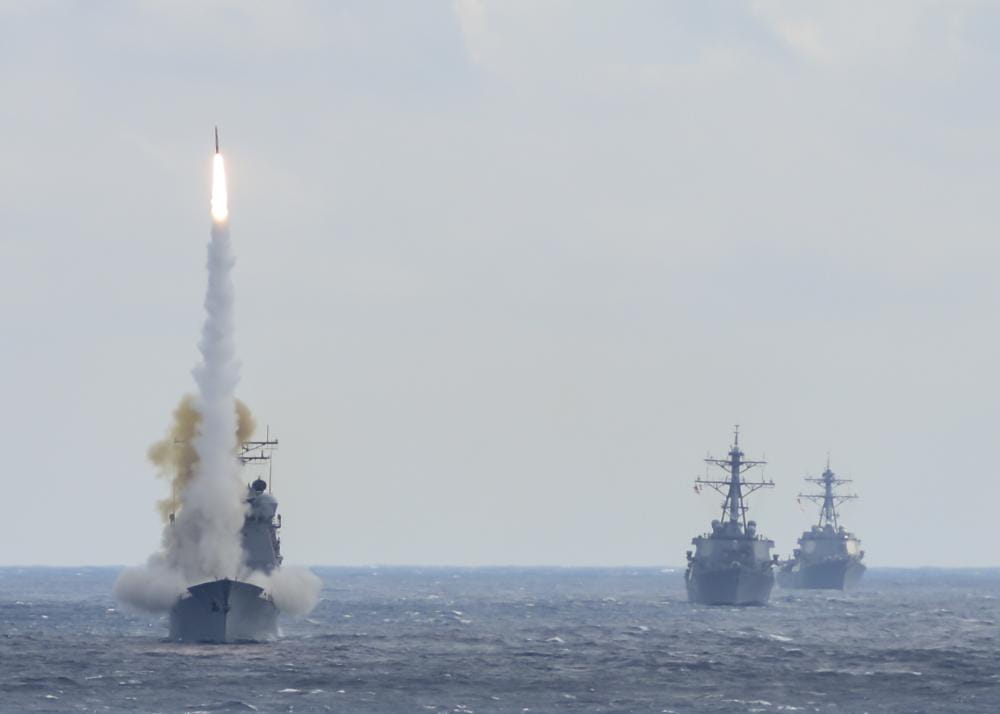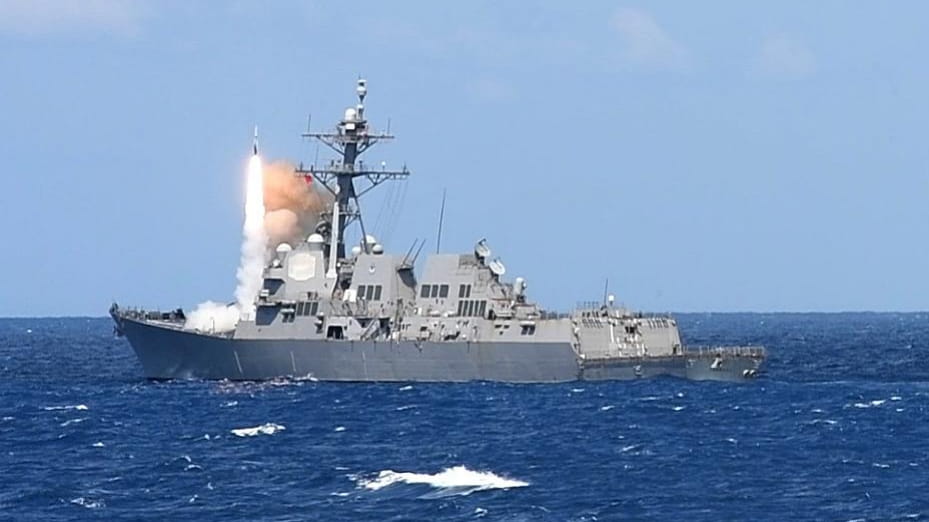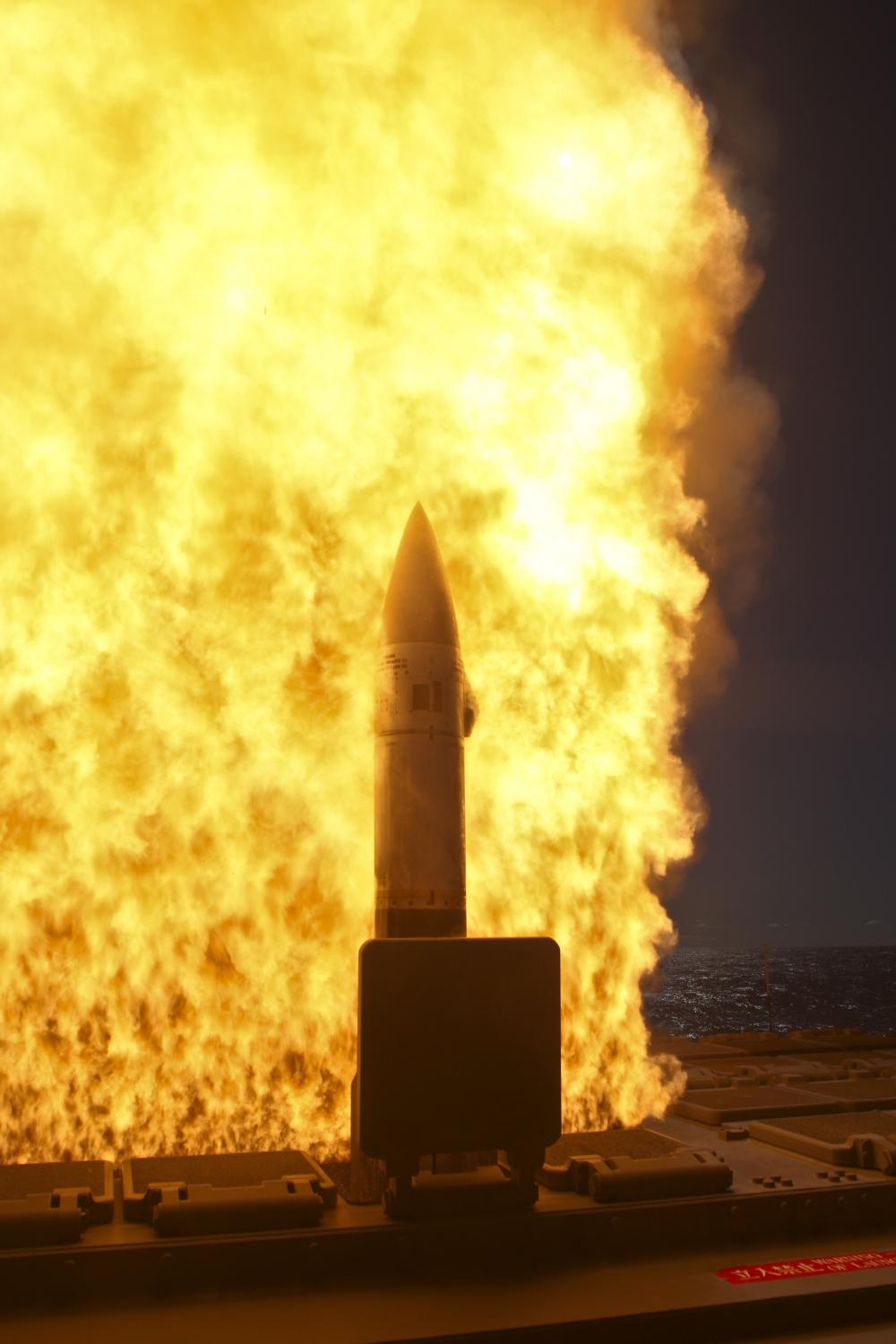The SM-2™ missile is the world’s premier surface-to-air defense weapon, and a primary weapon for the U.S. Navy. It defends against anti-ship missiles and aircraft out to 90 nautical miles and an altitude of 65,000 feet.
The SM-2 missile is a cornerstone of a ship’s layered defense. It provides firepower against high-speed, highly maneuverable anti-ship missiles and aircraft and protects naval assets that give warfighters greater operational flexibility. The missile can be launched from the MK-41 Vertical Launcher System (VLS) and MK-57 Advanced VLS. It will remain a primary anti-air warfare effector for USN Aegis destroyers and cruisers for several more decades.
SM-2 missile variants
SM-2 effector variants include radar-seeker technologies in continuous wave and interrupted continuous wave guidance modes, tail controls and solid rocket motor propulsion to engage high-speed maneuvering threats and updated radar targeting and directional warheads.
Global demand
More than 12,000 SM-2 missiles have been delivered to the U.S. and allied customers. The effector’s durability has led navies in several countries to reconfigure their fleets to support its applications.
International customers include Australia, Canada, Germany, Japan, Korea, Netherlands, Spain and Taiwan. Chile and Denmark will be the two newest SM-2 missile customers.
Track record
In 2020, Raytheon and the U.S. Navy successfully flight tested the first SM-2 missile from the company's restarted production line. The effector launched, flew, and provided accurate telemetry data to the range engaging an airborne Navy target.
The SM-2 missile has an extensive flight test history, with more than 2,800 successful flight tests.
The U.S. Navy confirmed it fired SM-2 missiles to intercept anti-ship missiles and drones in the Red Sea in early 2024 to defend against attacks by Houthi rebels targeting commercial vessels transiting the waterway.


